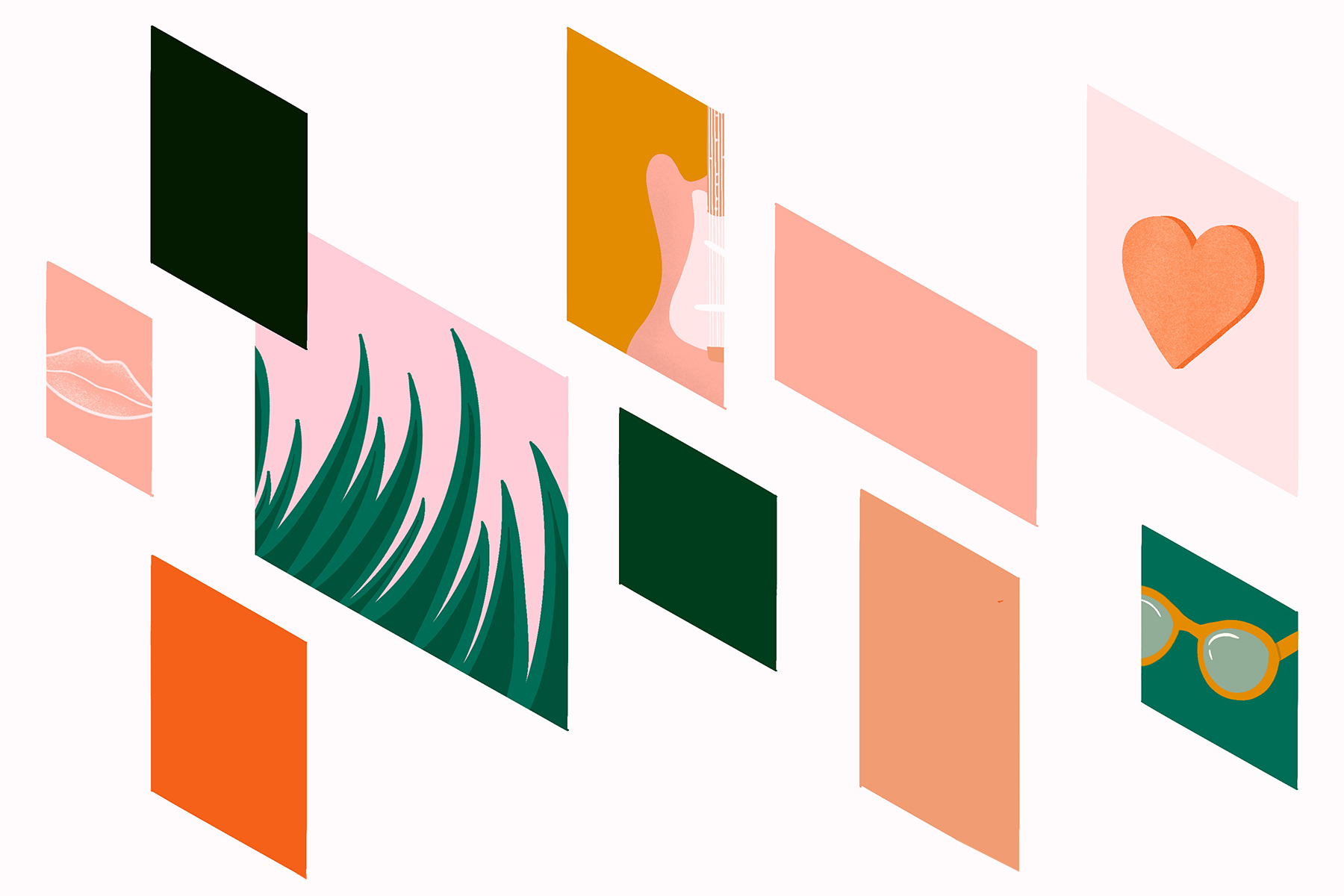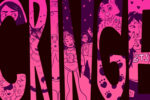In an unprecedented time filled with uncertainty of what the future holds, it can be comforting to visualize your goals, dreams or even redecorating plans. A mood board is used for exactly this purpose and can be created online or with some paper, pictures and glue. This is the perfect project to tackle on a day spent social distancing indoors or when you’re lacking some much needed inspiration. Here are some common questions about mood boards, answered.
What is a mood board?
There are many ways a mood board can be constructed, but they typically take the form of a digital collage or physical assemblage of cut-and-paste photos and items. They are used to visualize ideas or to capture the essence of something by piecing together colors, objects and relevant images. Imagine a scrapbook page or middle school art project, but with a definitive purpose and aesthetic appeal.
– hints of sunshine yellow ⚡️ pic.twitter.com/JFez4pmIAZ
— 𝑆. (@moodboardtrends) October 15, 2020
Since mood boards can take on a variety of shapes and mediums, it’s important to think about how you want to set up your collage and how much time you’re willing to invest. While a physical representation of your ideas can be hung up in your room or be tucked away in the front of your journal, a virtual mood board can be quickly created in less than 15 minutes.
What’s the history behind mood boards?
While it’s unclear exactly when mood boards made their way into popular culture, they were previously used by interior designers to present possible aesthetic layouts to clients. One individual suggests that the cave paintings illustrated by the Egyptians were the earliest mood boards. While it’s a bit of a stretch to compare those with the modern mood boards seen on Tumblr feeds, perhaps Egyptians 20,000 years ago were also trying to use images to memorialize an event or to gather inspiration for the next pyramid.
Mood boards have been researched more in recent months, reaching an all-time high of Google searches in mid-September. Mood boards have also been referenced in the realm of television, with the most recent example being an early episode of “Schitt’s Creek.” In the episode, the infamously pretentious David Rose is rushed into throwing an impromptu Christmas party and exclaims, “I don’t have any time to mood board a color scheme!” While most mood board creators don’t take their content so seriously, the anxiety-stricken David is a character almost everyone can relate to.
What can a mood board be used for?
Mood boards are primarily used to contemplate room layouts, create an inspirational portrait or visually depict a life goal, but they can also be used to memorialize a trip, a fond memory or a favorite person. There are virtually endless possibilities for what a mood board could depict
Create a mood board for your small business. This is a great way to quickly showcase what your business represents and what future customers can expect.
Give a mood board as a gift. There’s nothing more thoughtful than taking the time to gather photobooth strips, colorful paper and magazine images that remind you of a certain person and giving it to them as a constant reminder of your love and friendship.
Make a mood board to inspire yourself. Goals like graduating college or securing your dream job can sometimes be hard to picture in your mind’s eye. Create a visual reminder by putting them on paper.
Need dorm inspo? Mood board it! Find images from fashion blogs, Pottery Barn magazines and Society6 Instagram posts to capture the exact vibe and aesthetic you want to achieve in your new space.
How can a mood board help me visualize my dreams and goals?
A mood board is a great way to inspire yourself to tackle projects and goals. Mood boards are simple, quick and operative displays of what you hope to accomplish. Instead of taking the time each day to read over an essay or short paragraph of your objective, you can easily be reminded by just looking at the mood board hanging above your desk. Mood boards capture your intentions, organize various parts of your plan and beautifully convey the possible outcome. Visualizing your dream will facilitate a hopeful and productive environment.
One study conducted by the Journal of Business Research suggests that mood boards are an effective tool for organizing ideas while simultaneously giving collaborators creative freedom. If you and your team (at work, school, a sport, etc.) create a mood board showcasing the endpoint of a project, it could bring you closer together and encourage hard work toward achieving your goal.
How can I make a mood board?
If you’re looking to create a virtual mood board, there are numerous templates and websites that can help you put together exactly what you’re hoping for. Some notable and free websites include Milanote, Adobe Express and SampleBoard.
If doing things old school with pen and paper is more your style, I recommend checking out your local Michaels or Walmart for the supplies you need. In terms of what items you should get, having an album of scrapbooking paper, scissors, gel pens, markers, old magazines and, of course, glue should be enough to get you started. There’s no definitive set of materials because your mood board can be anything you want it to be.
In terms of content, you could include stock images, famous works of art, letters, motivational quotes or even visual metaphors. It really depends what your goal is and what that looks like to you. If you’re still lacking guidance, here are 20 tips you could take into consideration.
Where can I find images?
The obvious choice for finding images to print out for your mood board is Pinterest. Pinterest already has specifically curated “pinboards” that might match one of the themes of your project. Mood Stream, partnered with Getty Images, is another website that provides settings and tools for weeding out photos that don’t match what you’re looking for. Whether you use Google Images, newspaper comics or pictures straight from your camera roll, have faith that with a little bit of practice and rearranging, you will create the perfect mood board.
The possibilities for the subject matter and medium are endless. Mood boards are fun to create and can be an entertaining activity for you and a partner. No matter what the reason is behind your mood board, you will certainly enjoy making it just as much as you will like looking at it.

















